
One of the most popular trends in bathroom design in recent years has been the use of floating vanities. These sleek and modern fixtures are mounted to the wall, giving the illusion of floating furniture. But are floating vanities just a passing trend, or are they a practical and functional addition to any bathroom? In this article, we'll explore the pros and cons of floating vanities and help you decide if they are a good idea for your bathroom.
What are Floating Vanities?
Before we discuss the pros and cons, let's define a floating vanity. A floating vanity is a bathroom vanity that is mounted to the wall rather than sitting on the floor like a traditional vanity. This creates a clean and modern look and the illusion of more space in the bathroom. Floating vanities can be found in a variety of styles, from sleek and minimalistic to more ornate and decorative.
Pros of Floating Vanities
There are several benefits to choosing a floating bathroom vanity. Here are some of the top pros of this popular trend:
- Space-saving: One of the main reasons people choose floating vanities is because they take up less space than traditional vanities. You free up floor space by mounting the vanity to the wall, making the bathroom feel more extensive and more open.
- Easy to clean: With no legs or base to get in the way, floating vanities are much easier to clean than traditional vanities. You can quickly sweep or mop underneath them, making keeping your bathroom clean and tidy easier.
- Customizable height: Since floating vanities are mounted to the wall, you have more flexibility in terms of height. This can be especially beneficial for taller individuals who may find traditional vanities too low.
- Modern and stylish: Floating vanities have a sleek and modern look that can instantly elevate the style of any bathroom. They are a popular choice for those looking to create a contemporary and minimalist aesthetic.
- Versatile design options: Floating vanities come in a variety of styles, from simple and understated to more ornate and decorative. This means you can find a floating vanity to fit any design aesthetic, making it a versatile choice for any bathroom.
Cons of Floating Vanities
While there are many benefits to floating vanities, there are also some potential drawbacks to consider before making the switch. Here are some of the cons of floating vanities:
- Limited storage: Since floating vanities are mounted to the wall, they often have less storage space than traditional vanities. This can be a problem for those with a lot of bathroom products or a large family.
- Installation can be tricky: Installing a floating vanity can be more complicated than installing a traditional vanity. It requires proper wall support and may require the help of a professional.
- Not as sturdy: Traditional vanities are supported by legs and a base, making them more sturdy and stable. Floating vanities, on the other hand, rely solely on the strength of the wall they are mounted to. This can make them less sturdy and more prone to damage.
- More expensive: Floating vanities tend to be more expensive than traditional vanities. This is due to the added materials and installation costs. If you're on a tight budget, a floating vanity may not be the best choice for your bathroom.
Are Floating Vanities a Good Idea for Your Bathroom?
So, are floating vanities a good idea for your bathroom? The answer depends on your personal preferences and the specific needs of your bathroom. Here are some factors to consider when deciding if a floating vanity is right for you:
- Space: If you have a small bathroom and are looking to create the illusion of more space, a floating vanity may be a good idea. However, if you have a large bathroom with plenty of storage space, a traditional vanity may be a better choice.
- Style: If you're going for a modern and sleek look in your bathroom, a floating vanity is a great choice. However, if you prefer a more traditional or rustic aesthetic, a traditional vanity may be a better fit.
- Budget: As mentioned earlier, floating vanities tend to be more expensive than traditional vanities. If you're on a tight budget, a floating vanity may not be the best choice for your bathroom.
- Storage needs: If you have a lot of bathroom products or a large family, a floating vanity may not provide enough storage space for your needs. In this case, a traditional vanity with more storage options may be a better choice.
How to Incorporate a Floating Vanity into Your Bathroom Design
If you've decided that a floating vanity is a good idea for your bathroom, here are some tips for incorporating it into your design:
- Choose the right size: Make sure to measure your bathroom and choose a floating vanity that fits the space. You don't want it to be too small or too large for the room.
- Consider the height: As mentioned earlier, floating vanities offer more flexibility in terms of height. Make sure to choose a height that is comfortable for you and your family.
- Choose a style that fits your design aesthetic: Floating vanities come in a variety of styles, so make sure to choose one that fits the overall design of your bathroom.
Think about storage needs: If storage is a concern, look for a floating vanity with built-in storage options or consider adding shelves or baskets to the wall above the vanity for extra storage space.
Final Thought
So, are floating vanities a good idea? The answer is, it depends. While they offer many benefits, they may not be the best choice for every bathroom. Consider your space, budget, and storage needs before making the decision to switch to a floating vanity. And if you do decide to go for it, make sure to choose a style that fits your design aesthetic and consider hiring a professional for Installation to ensure it is done correctly. With the right considerations and planning, a floating vanity can be a stylish and functional addition to any bathroom.

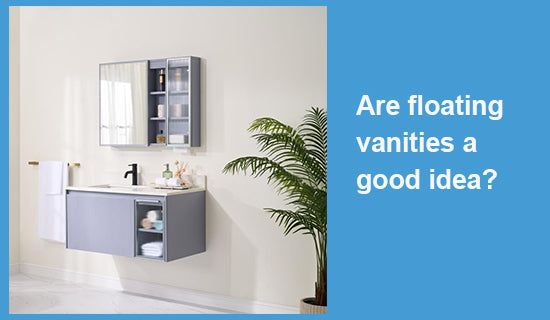
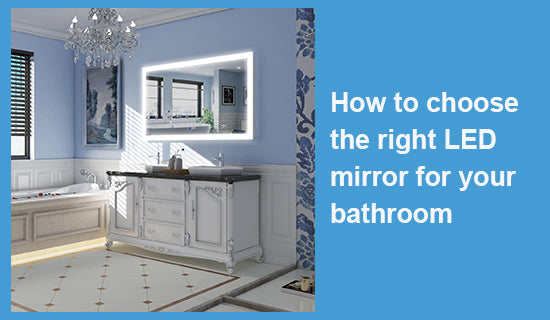
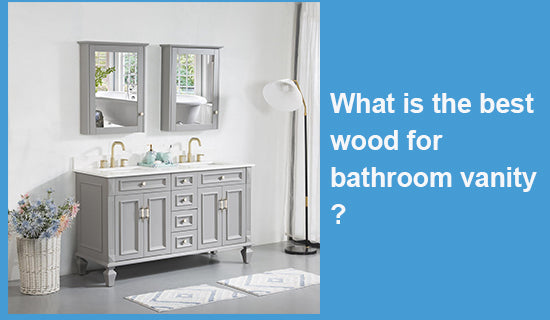






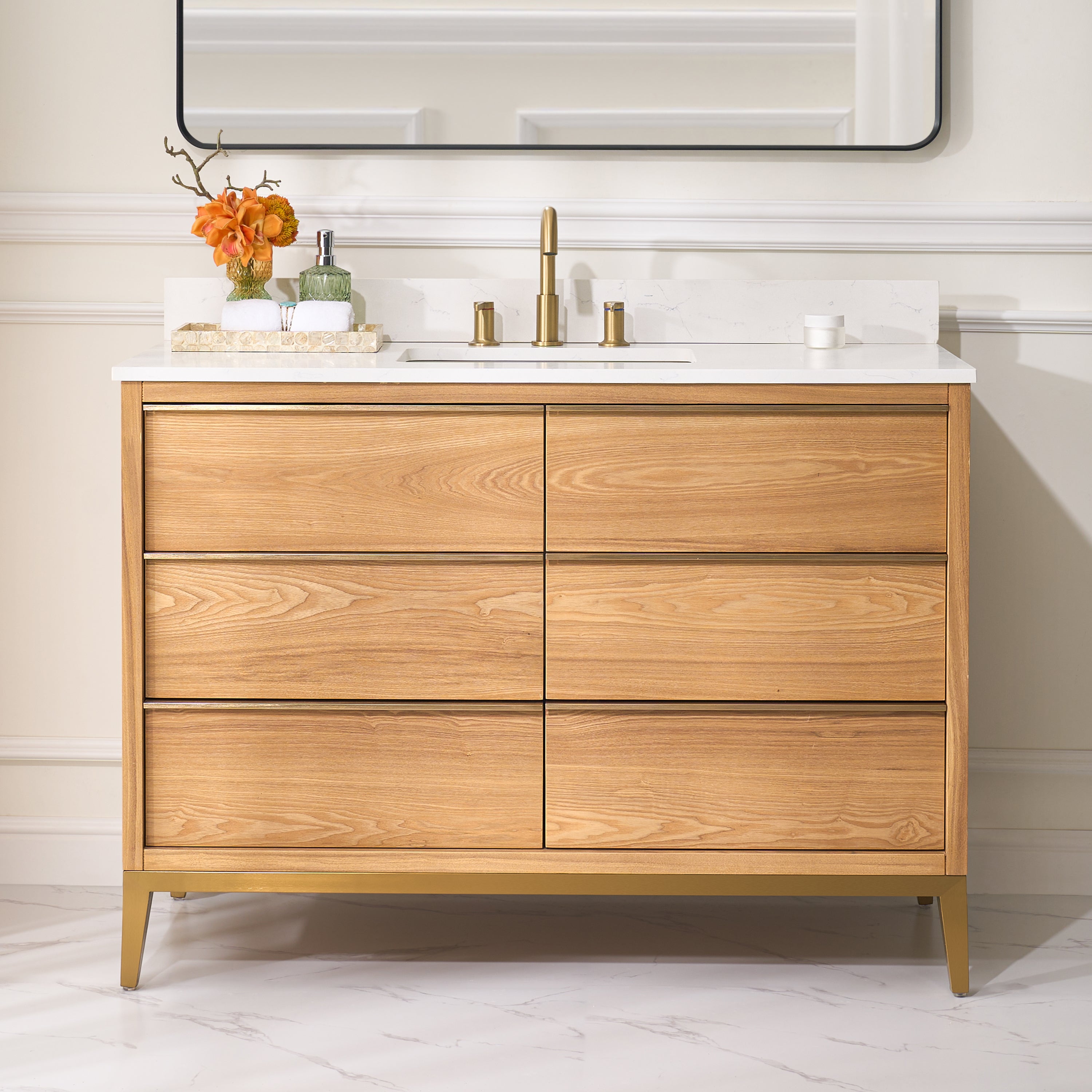
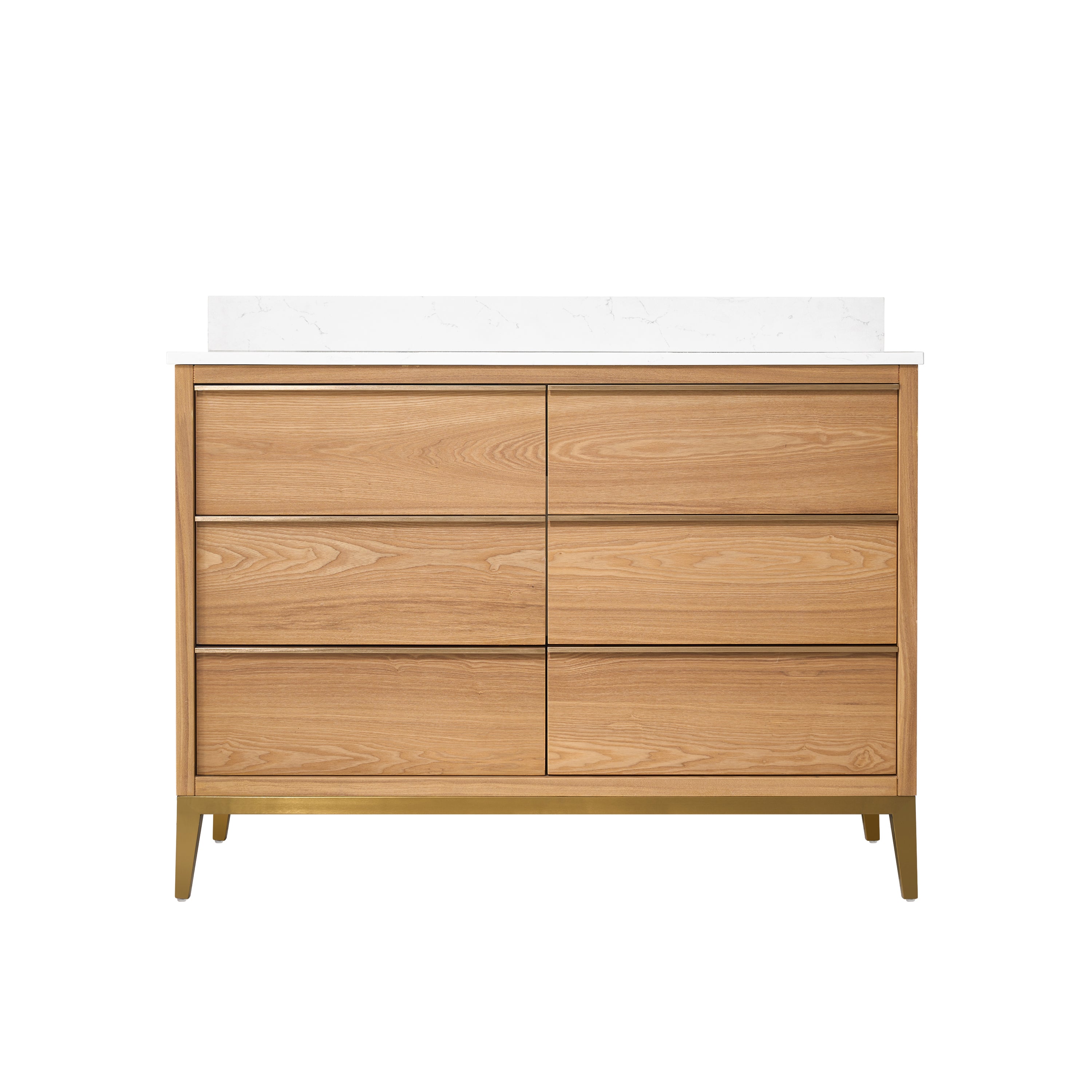




Leave a comment
All comments are moderated before being published.
This site is protected by hCaptcha and the hCaptcha Privacy Policy and Terms of Service apply.